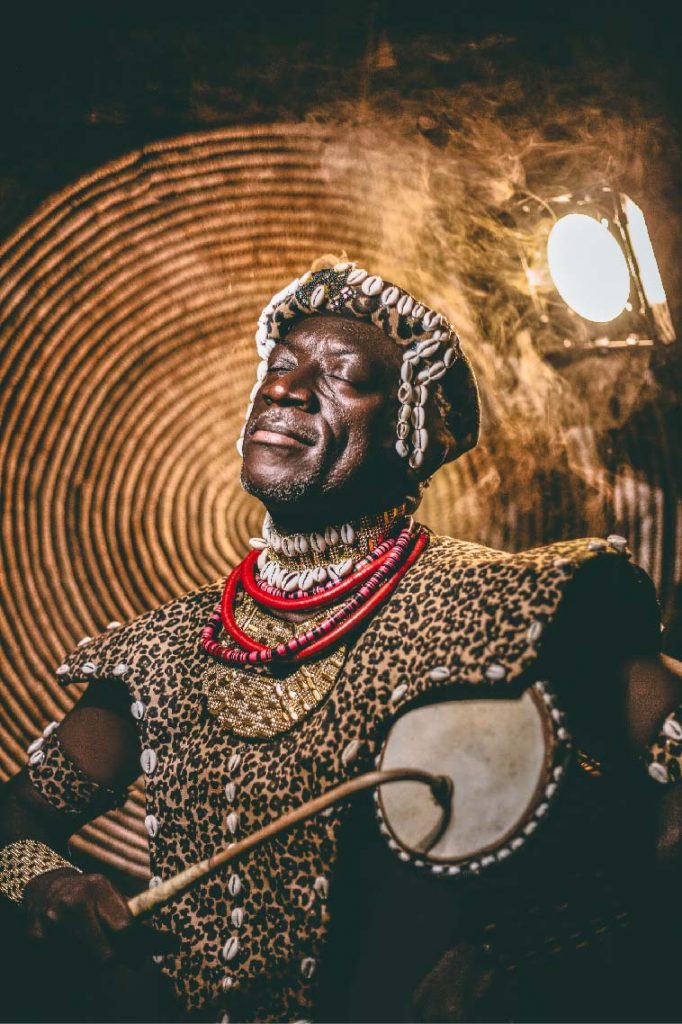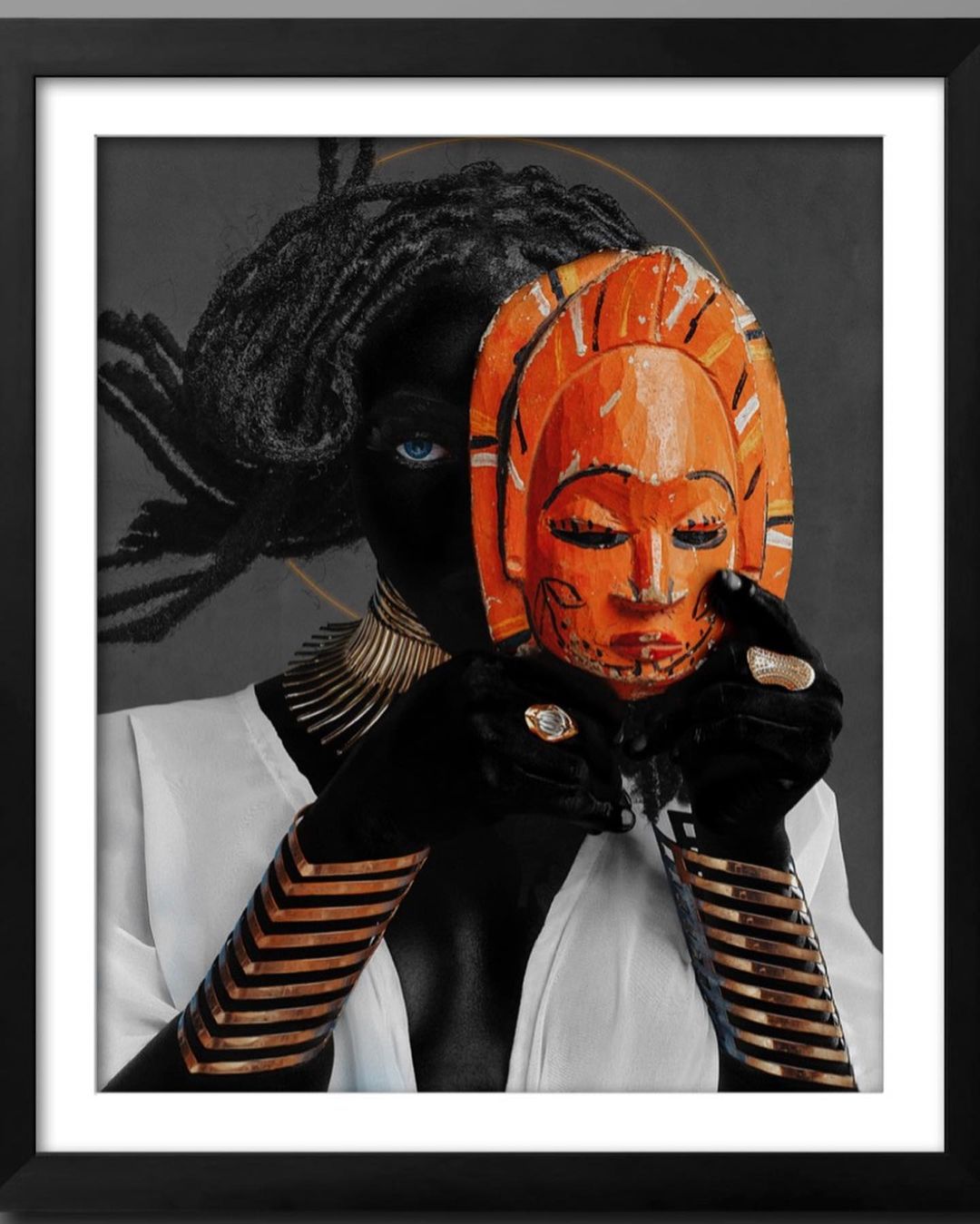Since the 19th century, the idea that “art is imitation (representation)” has not only been contested, but it has also largely died out in at least some of the arts. The idea that art is expression eventually took its place. Art is believed to mirror the inner state of the artist rather than the states of the outside world. At the very least, the primary definition of expression—the outside representation of an inner state—seems to imply this. Art as an expression of people’s inner lives has supplanted art as a portrayal of outside existence (albeit peered through disposition).
According to John Hospers in his article on Britannica, express and expression are equivocal words that do not necessarily mean the same thing. The same word is used to describe both a process and the product that comes from it, which is a problem with many phrases, including express. “The music expresses feeling” could refer to the composer’s expression of human emotion while creating the music or the music’s audible expression of (yet unspecified) human emotion. Theories regarding how art is made are centred on the first context. Theories on the subject matter of art and its completion are predicated on the second.
A work of art is produced when a novel combination of components in the medium is introduced (tones in music, words in literature, paints on canvas, and so forth). Creation is the re-formation of these pre-existing materials; the constituents once existed, but not in the same permutation. Pre-existence of elements is true of creation in ways that are distinct from artistic creation, such as when a scientific theory or a perturbation are created. With the exception of some forms of Christian theology, it applies to creation as well. In these theologies, creation is ex nihilo, that is, without any prior matter.
It goes without saying that creation occurs in a variety of artistic mediums. Once this is acknowledged, however, there has still been nothing stated about expression, and an expressionist would assert that the aforementioned description of creation is insufficient to convey everything that needs to be said about the creative process. The expressionist maintains that the act of producing is (or is also) an expressive act, and that in order to express oneself, more is required than mere creation on the part of the artist.
At this point, extreme caution must be exercised. Some claim that the creation of art is (or includes) the act of self-expression; others assert that it is the expression of feeling, though perhaps not only one’s own feeling (or perhaps that and something else, such as the feeling of one’s culture, one’s country, or all of humanity); still others affirm that it is not only limited to feelings but that ideas or thoughts can also be expressed, as they undoubtedly are in writings. The Romantic movement gave rise to the specifically expressionist approach of creative creation, which holds that, just as philosophy and other disciplines are the expression of ideas, so too is art the expression of feelings. At any rate, the thought that art is specifically linked to the life of feeling and that it expresses feelings, including attitudes and emotions, has been historically substantial and evolved.
Owing to one theory, emotional expression in art is preceded by an upheaval or excitement or perturbation stemming from an ambiguous reason about which the artist is unsure and hence uneasy. The artist then proceeds to clarify and relieve the epistemological tension by expressing thoughts and feelings through writing, painting, carving, or other means. The concept behind this hypothesis seems to be that after becoming frustrated with how inarticulate their “ideas” were, artists are now delighted because they “expressed what they wanted to say.” Even though this phenomena is well known (as everyone has experienced relief after a task is completed), its applicability must still be investigated.
It appears that neither great artists nor all artists’ creative processes can be fully standardised. Some people follow their “gut feelings,” allowing their creative work to develop “as the spirit moves” while remaining relatively inactive throughout the process (that is, the conscious mind is passive, and the unconscious takes over). Others are consciously engaged, fully understanding what they desire in advance and determining how to achieve it.
There doesn’t seem to be a method to truly generalise the process of artistic creation—certainly not that it is always an expression process. Even while theorists of artistic creation may strongly wish it, no such uniformity is obviously required for the reception of the work of art.
The biggest barriers to accepting conclusions about the creative process in art are (1) that artists’ creative processes differ so greatly from one another that no sweeping generalisations can be made that are both accurate and interesting or of any symbolic importance, and (2) that there is not enough research in psychology and neurology about the creative process, which is unquestionably the most astoundingly complex of all the mental processes in humans. Indeed, there are many theories around, but none of them are supported by enough evidence to win out over competing theories.
However your art comes to you, or whatever goes through one’s mind when buying art, what matters is that the art in itself has found its highest expression in and through you.




